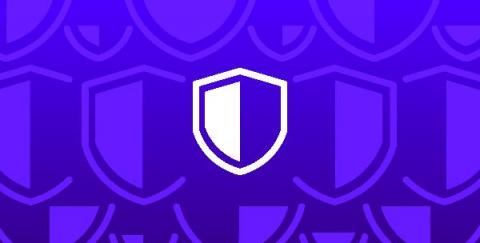Resilience, DevSecOps, and other key takeaways from RSAC 2021
For the first time in its 30-year history, the 2021 RSA Conference was a virtual-only event, and not in its usual time during the spring. But, with 20,000 registrants joining for the various sessions, it was a testament to this year’s conference theme of resilience.











